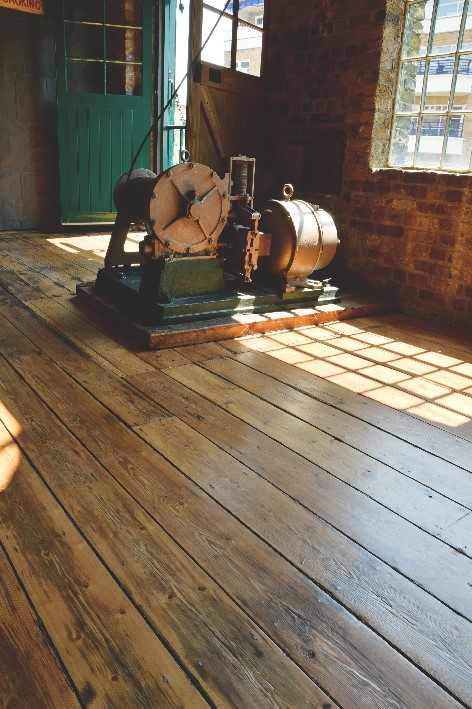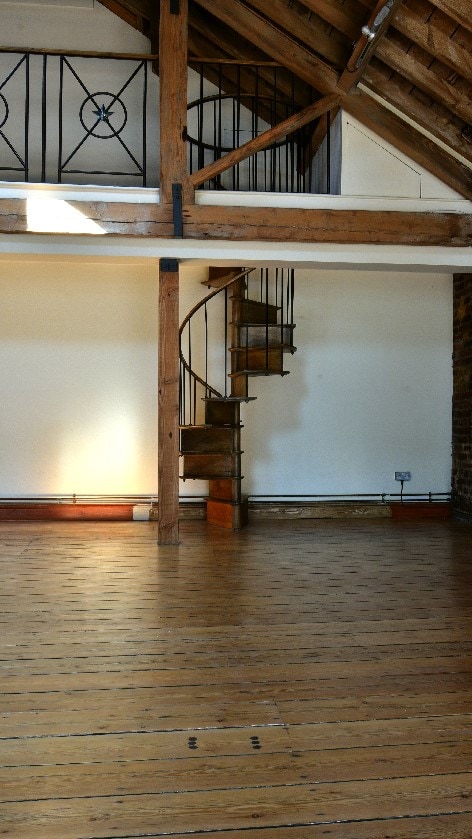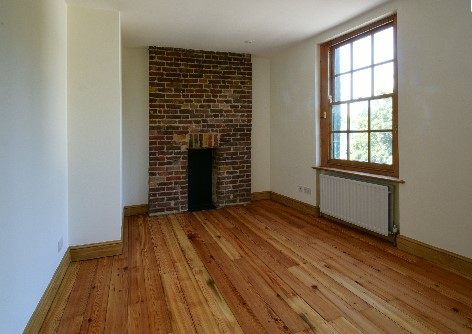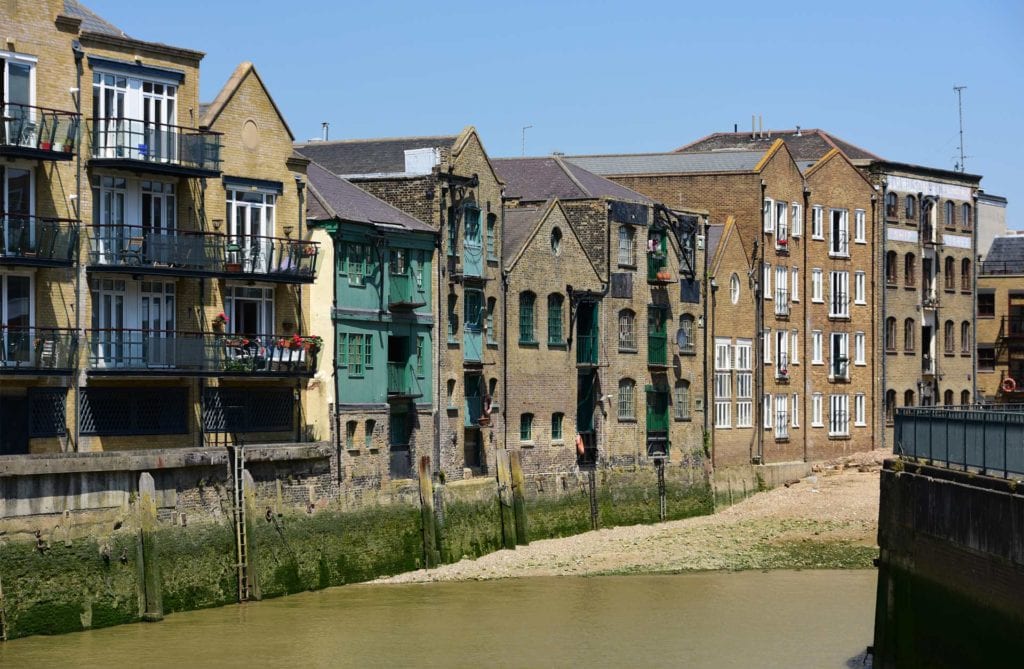
Biography of a 17th century warehouse
If only buildings could talk! Dunbar Wharf has a 230-year saga of enterprise, maritime supremacy, riches, tragedy, war, decay and resurrection. All this, from a humble warehouse on Limehouse Creek, close by the Isle of Dogs.
The story begins in Scotland where Duncan Dunbar, was born the son of a farmer. In the 1790s, he travelled south to London where he sought to make his fortune. He started a brewery, built Dunbar Wharf on Narrow Street, Limehouse, and began to import wines and spirits. His venture was successful, when he died in 1825, he left a small fortune to his son, confusingly also called Duncan Dunbar.
By the age of 22, Duncan junior was showing great aptitude for business. His idea of running a wine, spirits and ale business was, so to say, small beer. So, in 1827, he bought a ship, about the size of an inshore fishing boat, and plied a trade between London, Mauritius and Calcutta (Kolcutta) braving the treacherous seas of Cape Horn. After one thing and another, 35 years later he was the owner of the largest privately-owned fleet in Britain.
Crimea, China and beyond
The fleet was mostly used for cargo from places as far away as China but, with an eye for opportunity, he secured a contract with the Government to carry convicts (male and female) to the infamous prisons of Tasmania and Norfolk Island. In another government contract, Duncan was asked to deliver thousands of soldiers and supplies to the British forces fighting the Crimean War (1854 to 1856), arguably the most futile conflict in military history. The slaughter was so terrible that, eventually, the three countries, Britain, France and Russia, agreed to cease hostilities with no party having achieved anything.
Conditions at sea were frightful for the convicts and no better for the fee-paying emigrating passengers from the UK to Australia. It was never plain sailing: ships endured Cholera, mutiny, floggings, wreckings on rocks, beaching, storm and tempest. Many ships were lost along with human life, horses and valuable cargo. One ship was chartered to take the descendants of the mutineers of the Bounty from Pitcairn Island to Norfolk Island.
A Canny man
Despite many losses, Duncan continued to amass his fortune and ended up as Deputy Chairman of Lloyds Registry. Clearly a canny man who was well acquainted with benefits of insurance!
When Duncan Dunbar died in March 1862, his estate was valued at £65 million in today’s money. It is interesting that, although Duncan lived in luxury in Paddington, he gives his address at Dunbar Wharf in Limehouse for the purposes of his will. Duncan never married and when asked why, replied he was too busy!
Limehouse
Limehouse was a significant port in medieval times and home to many maritime industries – ropemakers, sailmakers, chandlers and so on. Duncan Dunbar’s fleet was used to import goods from Asia and the Orient. In the early 20th century, Chinese immigrants settled in Limehouse close to where they landed, an area that took on a distinctly oriental and somewhat exotic flavour. A sleazy reputation was exaggerated through such fiction as the Fu Manchu novels and Chinese opium dens mentioned by Charles Dickens in The mystery of Edwin Drood. Peter Ackroyd added to the notoriety with The Limehouse Golem Serial Murders. But, there was a romantic side, too: in the Roaring Twenties, it inspired the jazz number Limehouse Blues that featured in Ziegfeld Follies with the rhythm tapped out by Fred Astaire.
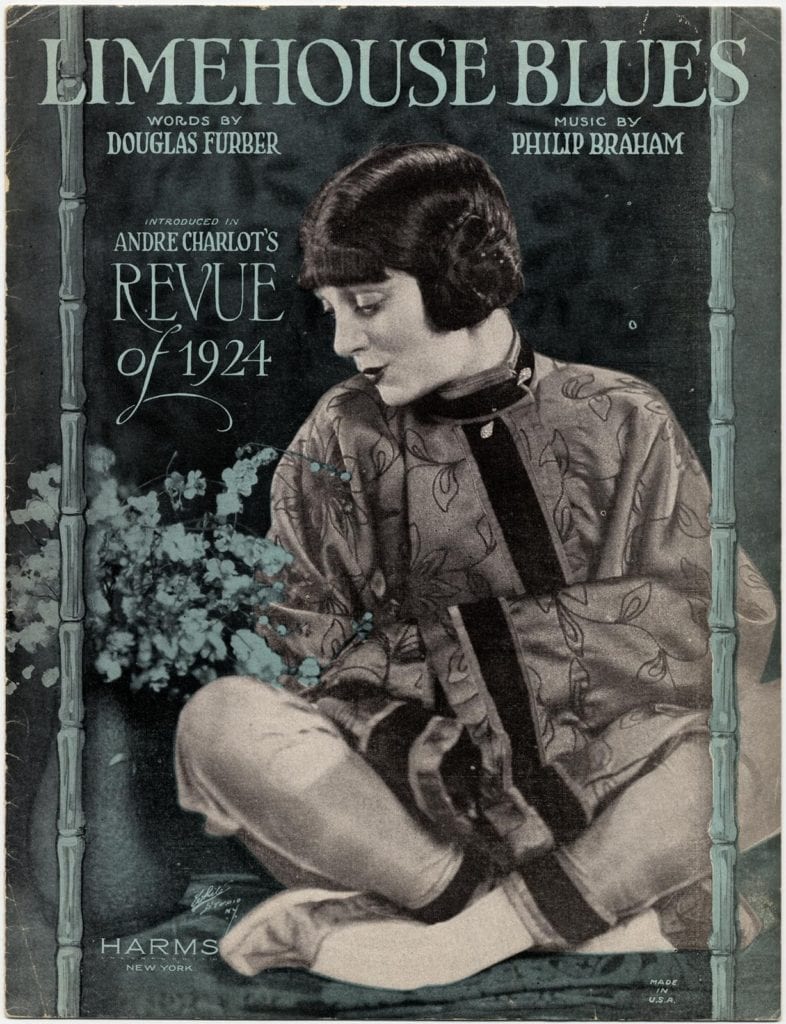
World war Two
The London Blitz of 1940 saw intense bombing raids over the industrial cities and dockyards of the United Kingdom. The German strategy was to bring munition manufacture to a halt and demoralise the people. The West India and Royal Victoria docks took the main thrust of the attack but the German bombing was not that accurate so much of the surrounding area, including Narrow Street, suffered considerable damage. The picture (below) shows a Heinkel in flight over the docklands. Dunbar Wharf is within the red circle. Almost all the buildings that comprised Dunbar Wharf at the time were flattened or severely damaged but Duncan’s birthplace miraculously escaped but for the roof.
After the war, the dereliction was so great that the docks, Limehouse, Millwall and Wapping remained a desolate rubble for many years. Post war, there was a chronic shortage of housing and commercial property so, what buildings still stood, became the refuge of Eastenders. The rebuilding of the area was slow but hastened by the catalytic effect of the development of the Isle of Dogs in the late eighties. The gentrification of Limehouse started about the same time. Most of Dunbar Wharf was rebuilt with shiny new apartments and the old buildings repaired to provide office space.

The Resurrection
The current owners of Dunbar Wharf have led nomadic lives, living and working in Africa, Europe and the United States. Ready to settle down, they chose London and began the quest for the perfect property. A lucky internet search turned up Dunbar Wharf, but it was some months before a visit could be arranged. The property was everything they were looking for, spacious with authentic industrial features and an interesting history. The neighbourhood of Limehouse had its own charms, with river views, canal walks, and an historic pub. Determined to make this their home, they acquired the original Dunbar Wharf and became a part of the history of this venerable old building.
Whilst the building was sound enough, there was work to be done to preserve the property: repointing the brickwork, structural reinforcement to exterior walls, repairing to the roof, and refreshing paintwork both inside and out. The wood floors, a major feature of the home, also needed to be revived.
The owners were very clear: they were determined to keep the authentic character of the building. Some people would have removed the old winch but they insisted it stayed; the great iron doors leading to the warehouse next door remain instead of being bricked up, the spiral staircase was to be retained and restored. The wrought iron window frames are still there now freshened up with a coat of paint. The discoloured rough floors demanded careful renovation.
Enter Danny Woodlock, Director HS Wood Flooring. Danny immediately understood the owners’ passion for the scarred wooden floors and their commitment to preserving the authentic character, complete with stains and blemishes. He knew that he could make good the pine wood floors without damaging the antique character. To revive rather than remove. The original wine stains were to remain, as were the gaps between the boards (not acceptable in modern fitted floors). So Danny got down on hands and knees and carefully skimmed and hand-sanded the surface of each board. As he progressed, you could see the beautiful rose-gold colour gradually return to the floor. The old blemishes and eccentricities of each board resonating with times gone by. The final touch was a clear lacquer application to protect the colour and give a deep patina to the finish.
The owners have nothing but the highest praise for Danny Woodlock’s team and their beautiful and painstaking work on the floors.
“The wood floors are a major feature of the property, “ says the owner. “It was important that we find true craftsmen who would have the skills and passion to restore the floors to their best. Thanks to Danny and his team at HS Wood Flooring, the floors are now breath-taking and glow beautifully in the light. They really add to the humour, the mood, of the building. When the tide is in, we can hear the soothing sounds of water against the foundations of this lovely old building. This is the place I have been searching for all my life and I am so grateful we are here.”
At home at last, and history hangs in the air.


